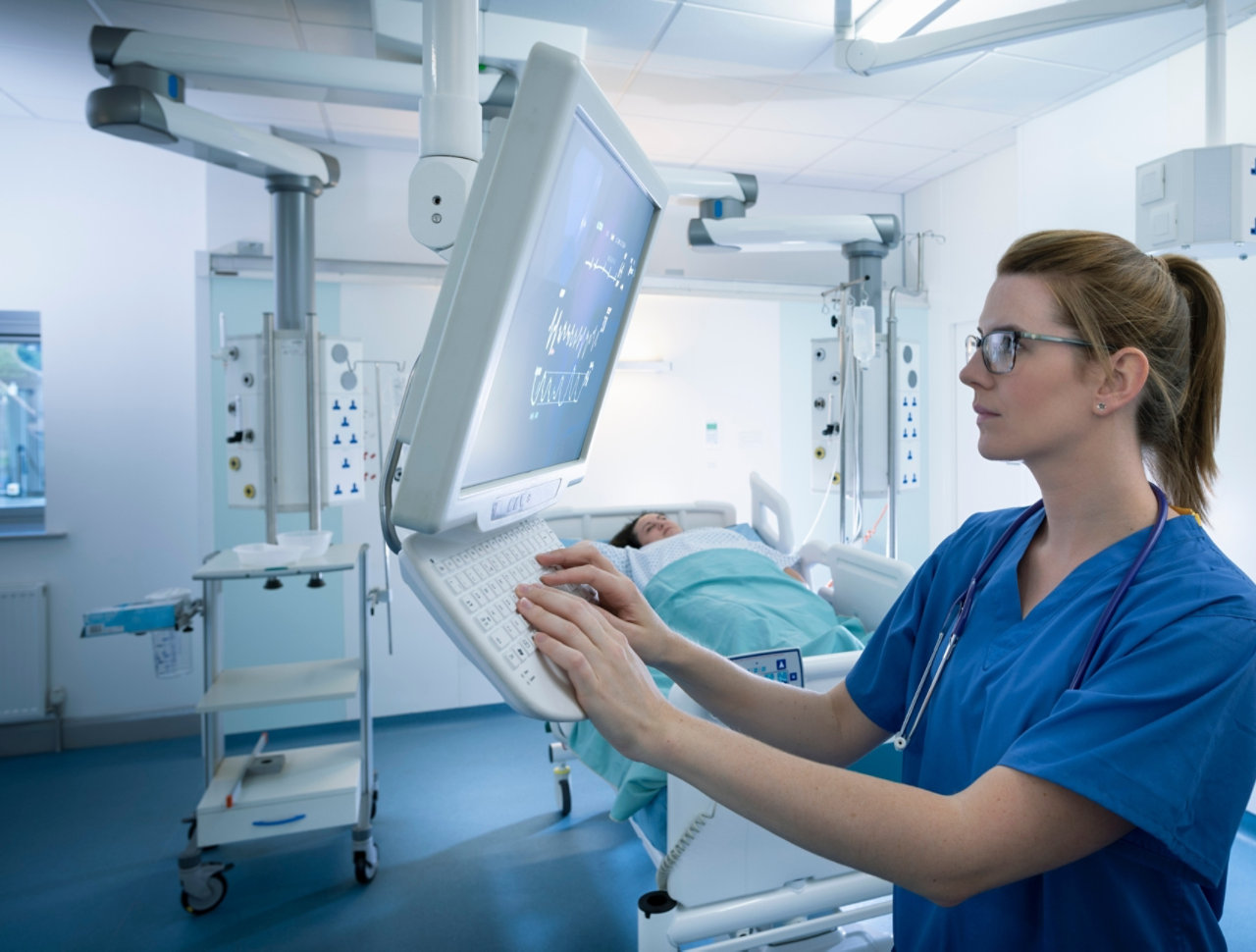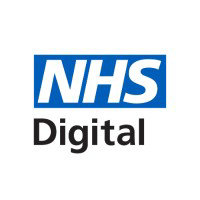
NHS Spine case study: delivering a public healthcare platform
Find out how BT helped to deliver NHS Spine, one of the largest public healthcare platforms in the world, supporting more than 899,000 registered users.
The challenge
The 10-year NHS Spine contract awarded to BT involved developing systems and software to support more than 899,000 registered users. It has made transformational healthcare applications available to approximately 1.3 million NHS healthcare staff across England, providing care to circa 50 million UK citizens.
The NHS Spine is at the core of the NHS vision for more efficient, patient-centric services. It incorporates a messaging platform and secure databases for the storage of demographic and clinical information essential to patients’ treatment and care.
The solution
In bringing the NHS Spine to life, BT acted as prime contractor, managing teams from more than ten major IT organisations across multiple time zones. The contract was (and continues to be) one of the largest IT programmes in the world, consuming over 15,000 person-years of effort to date.
The custom-built NHS Spine messaging platform was designed and developed by BT using bespoke software development and commercial off-the-shelf products. Among other functions, it manages requests for patient details. Identifying where the information is held, it returns the results in milliseconds, routing more than two billion messages between accredited IT systems every year.
Using a Java-based enterprise architecture, BT acted as principal systems integrator in creating the 20-plus customised NHS Spine applications. These include electronic care records, electronic prescription processing and support for online appointment booking. Industry-recognised BT experts combined cutting-edge technologies to meet the demanding service level agreements and response times required.
Core NHS Spine services are designed for zero data loss with 99.99% availability. Twin BT Tier 3 mirrored data centres provide full disaster recovery capability and assure such carrier-class standards. Tier 3 status means these data centres enjoy UK critical national infrastructure resilience levels. Over 3,000 servers are hosted and supported in those BT-managed service environments.
In managing overall software delivery lifecycle processes, BT used Rational Unified Process/Systems Engineering (RUP/SE) processes. These were modified to create a methodology that attained Capability Maturity Model Integration (CMMI) Level-3 accreditation. This BT methodology is now an internationally recognised standard for complex software development programme delivery.
BT acted as prime contractor, managing teams from more than ten major IT organisations across multiple time zones.
The result
BT, in facilitating the creation of the NHS Spine, has enabled healthcare professionals to rapidly access and exchange critical information. These people work in a variety of care settings. This includes 120,000 hospital doctors, 40,000 general practitioners (GPs), 400,000 nurses and 25,000 ambulance staff. In so doing, the NHS Spine handles more than 150 million transactions every single month. Assisting millions of clinical encounters yearly, it supports business applications critical to the NHS.
The Patient Demographics Service (PDS) is one of these applications. Providing a single source for demographic information, it also supports NHS business processes around life events such as births and deaths, as well as GP registrations. The NHS Spine integrates national databases to securely hold details of all people registered to use the NHS in England. The PDS draws upon that information, which includes NHS number, name, address and date of birth.
Electronic Prescription Services is another key NHS Spine application. The NHS processes over 675,000 prescription items every working day, around 70 per cent of which are repeats. By February 2011, the NHS Spine had handled over 450 million prescriptions electronically.
Security and trust are paramount when dealing with highly sensitive clinical data. BT experts, working in accordance with UK government security conditions, put together the ultra-secure access framework that surrounds the NHS Spine. It combines strong 2-factor authentication with a Public Key Infrastructure supporting end-to-end systems security accreditation. The BT solution also maintains accredited NHS staff certificates.
In this way, the system ensures that the only people able to request and access a patient’s clinical information are the pre-authorised NHS staff involved in that person’s care. Those people must have been issued with both a smartcard and PIN number. The NHS Spine handles over 400,000 authentications and more than 1,400,000 security detail requests every single day. Meanwhile, access control mediates data availability on criteria such as individual roles and patient consent.
Messaging interchanges over the NHS Spine facilitate systems such as GP-to-GP interactions and ‘Choose and Book’. The latter is an NHS Spine-enabled electronic appointment booking application. It offers patients greater choice of hospitals and clinics, together with flexibility and convenience around the date and time of their appointments. Some 39,000 Choose and Book appointments are made on average every working day measured from March 2011 – a total of over 30 million have been made since the service was launched.
More results
In developing the NHS Spine Secondary Uses Service (SUS), BT created what is currently one of the largest data warehouses in the world – in the top 3% by size and number of users across all industries. Built to support over 9,000 users, SUS provides online access to a rich functionality set, including business intelligence, ad hoc reports and data extracts. Some 166 million records are processed on peak days with over two billion extracted per month. SUS takes more than 300 feeds from within the NHS, along with several national systems. This enormously valuable information is available in a pseudonymised format for privacy and security.
Also hosted on the NHS Spine, the Payment by Results (PbR) service is the standard repository for performance monitoring, reconciliation and payments within the NHS. On average, £35 billion of PbR transactions are processed per annum. By the end of 2010, the NHS Spine had processed over £100 billion of PbR transactions and over two billion care events.
To support the NHS Spine, BT developed the NHS Service Operations Centre (NSOC). This provides a single 24/7 point of contact and uses custom-developed automated support monitoring tools to assure ongoing service delivery. The NSOC also looks after two other major BT NHS contracts: the NHS N3 national broadband network and the Local Service Provider Programme. Like its other NHS contracts the NHS Spine is accredited to ISO 20000, the international standard for IT service management, which reflects Information Technology Infrastructure Library processes.
Core services
The NHS Spine was designed and implemented by BT using the following processes and methodologies:
- Professional services for requirements analysis, project management, design, integration and commissioning – involving more than 15,000 person-years of effort.
- RUP/SE processes modified to attain CMMI Level-3 accreditation, together with ISO 20000 accreditation for IT service management.
- Systems architecture using commercial off-the-shelf products, Java enterprise architecture, strong 2-factor authentication, Public Key Infrastructure and NHS root certificates.
- Twin BT Tier 3 active mirrored data centres offering full disaster recovery, hosting circa 750 servers with 99.99% availability and zero data loss in live, with a further 1500-plus servers providing path to live and national integration testing support.
- NHS Service Operations Centre providing single 24/7 point of contact using custom-developed automated tools for end-to-end managed service provision.



